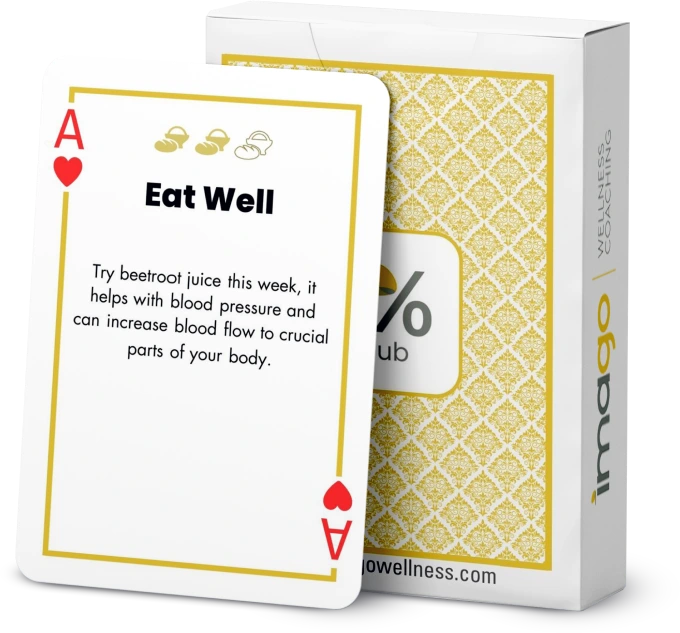The 1% Club




6 of Hearts
Slow down and chew
Pay attention when you’re eating.
What flavours can you taste, and what smells do you notice?
Is your food crunchy, soft, or chewy?
Mindful eating can enhance your mealtime experience.
Eating isn’t a race, so take your time and enjoy every bite.
Eating slowly is a smart way to help your body.
It gives your stomach time to digest food properly When you eat at a relaxed pace, and you can listen to your body’s signals, that tell you when you’re full.
This way, you can eat the right amount and feel great after meals.
A long time ago, a man named Horace Fletcher thought that chewing your food thoroughly could improve digestion and keep you healthy. To see if he was right, scientists conducted many experiments. In one large study, they found that in 10 out of 16 experiments, people who chewed their food slowly ended up eating less. This slower chewing helped them feel fuller sooner, which reduced how much they ate.
Small changes CAN make a big difference – that’s what The 1% Kids’ Club is all about!
By using your five senses—seeing, smelling, tasting, touching, and listening—you can better appreciate the flavours and textures of different foods.
Seasonal fruits and veggies often have more nutrients and taste better, so they’re a great choice.
As difficult as it is to fit everything into the day, it’s important to give children time to enjoy their meals. Depending on their age, you might start the lunchtime routine 5 minutes earlier or allow some extra time for them to finish eating while listening to a story after lunch.
Be the best role model for your child. Try to slow down when eating.
As busy as life can be, try to allow enough time for the family to eat meals together.
Enjoy some conversations over mealtimes which will encourage everyone to slow down. Ask your child how the food tastes, what specific flavours they can identify or what textures they enjoy.
- Miquel-Kergoat, S., Azais-Braesco, V., Burton-Freeman, B. and Hetherington, M.M. (2015). Effects of chewing on appetite, food intake and gut hormones: A systematic review and meta-analysis. Physiology & Behaviour, 151, pp.88–96. doi:https://doi.org/10.1016/j.physbeh.2015.07.017.
-
Does prolonged chewing reduce food intake? Fletcherism revisited.Hendrik Jan Smit, E. Katherine Kemsley, Henri S. Tapp,
C. Jeya K. Henry. Appetite. Volume 57, Issue 1, August 2011, Pages 295-298.
https://www.sciencedirect.com/science/article/abs/pii/S0195666311000547.

